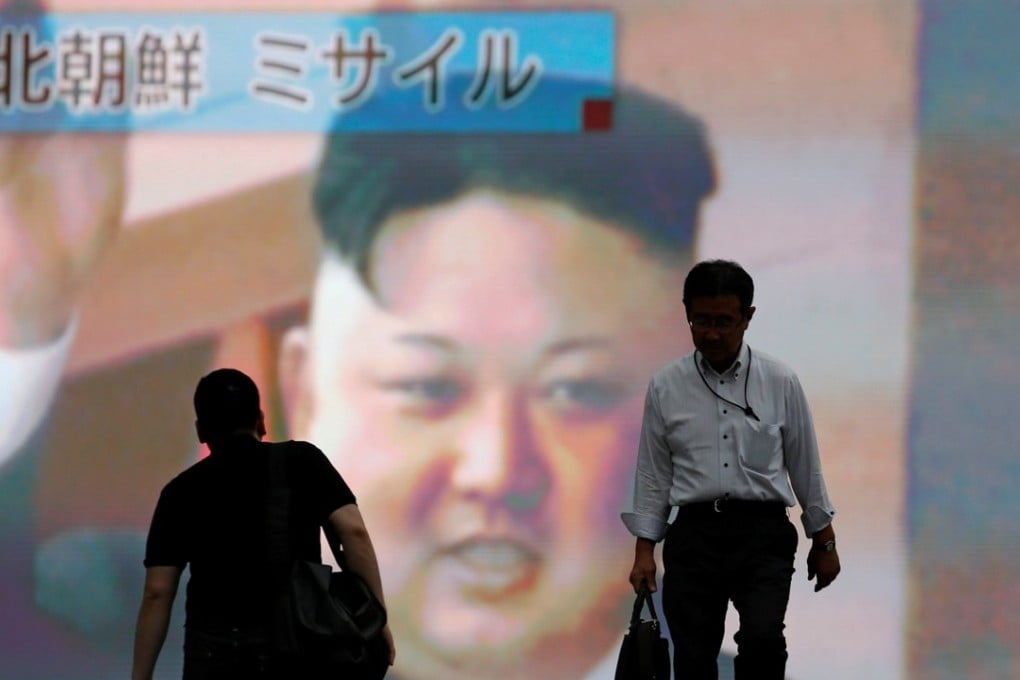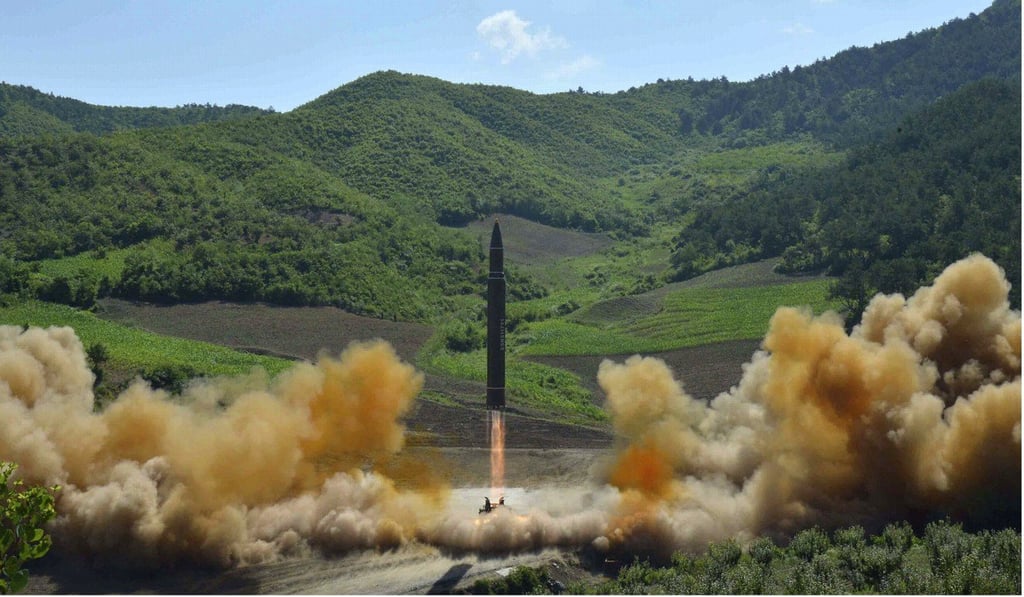Abacus | What the next Korean war will be like
Negotiations with Pyongyang aren’t working and the sanctions route is blocked by China – US policymakers may soon find themselves thinking the unthinkable

An armed response would strain America’s conventional military resources to their utmost, and the risks entailed would be horrendous. But for US policymakers, the time may soon be approaching when the risk of continuing to pursue a peaceful solution becomes greater than the dangers of military action.
Although Kim has successfully tested both explosive nuclear devices and long-range missiles, his development programme is not yet sophisticated enough to fit a miniature warhead on a missile to create a viable nuclear weapon.

This gives the US a window of opportunity in which to pursue a diplomatic solution. But the chances that Washington can achieve its stated aim of denuclearising the Korean peninsular by diplomatic means are slight at most.
As North Korea’s neighbour and biggest economic partner, China would like to see a multilateral deal under which Kim would agree to halt his weapons programme. In return, the US would discontinue military exercises with South Korea, end economic sanctions, open diplomatic relations with Pyongyang and eventually withdraw its armed forces from the Korean peninsular.
